Adobo Sauce: The Spicy, Savory Secret Behind Global Flavor Explosions
If you've ever bitten into a taco and thought, "Whoa, what's that smoky, tangy, umami-rich flavor?" — congratulations! You’ve just met the unsung hero of many global cuisines: adobo sauce. But here's the twist: it’s not just one thing. Adobo is like that friend who shows up in different outfits but always brings the party. From Filipino stews to Mexican marinades, this sauce has been flexing its spice muscles across continents for centuries.
What Exactly IS Adobo Sauce? (Spoiler: It’s Not Just One Thing)
The short answer: Adobo sauce is a rich, flavorful blend typically made with vinegar, garlic, chili peppers, herbs, and spices. It's used as a marinade, cooking liquid, or condiment depending on where you are in the world.
The long answer: “Adobo” comes from the Spanish word adobar, meaning “to marinate” or “to season.” But don’t let the Spanish etymology fool you — while Spain may have named it, the roots stretch deep into the Americas, Caribbean, and Asia.
Adobo Around the World: A Quick Comparison Table
| Region | Main Ingredients | Flavor Profile | Common Use |
|---|---|---|---|
| Mexico | Vinegar, chili peppers (like chipotle), garlic, oregano, cumin | Smoky, spicy, slightly sweet | Marinades, sauces for tacos, burritos, moles |
| Filipino | Vinegar, soy sauce, garlic, bay leaves, peppercorns | Savory, salty-sour, garlicky | Stewed meats like chicken adobo, pork adobo |
| Puerto Rico | Garlic, vinegar, salt, oregano, citrus juice | Bold, zesty, aromatic | Meat and seafood marinades |
| Caribbean | Chili peppers, tomatoes, onion, herbs | Spicy, fruity, acidic | Dips, stews, rice dishes |
Adobo Sauce: Origins and Spice Routes
To understand how adobo became so widespread, we need to travel back in time — preferably with a side of empanadas and some pirate-level navigation skills. Adobo began as a preservation method in warm climates where refrigeration didn't exist yet. Vinegar and salt were natural preservatives, and spices helped mask any funky smells from less-than-fresh meat.
In the Philippines, native cooks had already been stewing meats in vinegar long before the Spaniards showed up. When the colonizers arrived, they called it “adobo,” and the name stuck. Meanwhile, in Mexico, indigenous peoples blended local chilies and herbs into their marinades, creating versions that would evolve into today’s bottled adobo sauces found in every grocery store aisle.
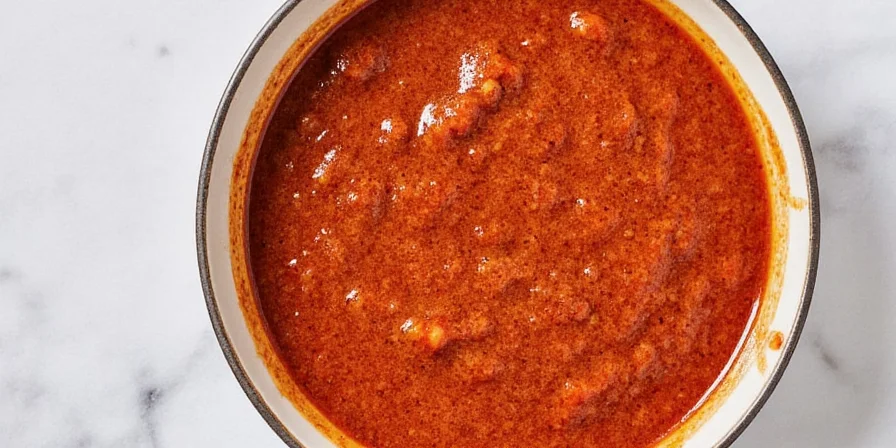
Types of Adobo Sauces and Their Uses
- Mexican Adobo: Often tomato-based, smoky from dried chilies (especially chipotles), and thick enough to coat your spoon like guilt after dessert. Perfect for tacos al pastor or mixing into mayo for gourmet burgers.
- Filipino Adobo: More liquid-y than its spicy cousins, this version uses soy sauce and vinegar as base flavors. Think of it as the ultimate comfort food — tender meat in a savory-sour bath of deliciousness.
- Spanish Adobo: Lighter, more herb-forward, often with paprika and olive oil. Great for grilled meats or drizzling over roasted veggies.
- Creole/Cajun Adobo: This variant hails from Louisiana and leans heavily on garlic, onion powder, and cayenne pepper. While technically a dry seasoning mix, it still carries the same spirit of bold flavor.
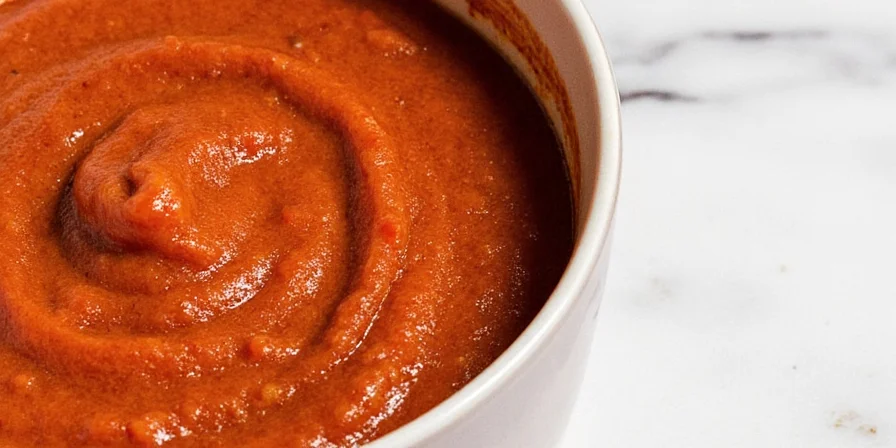
How to Make Your Own Adobo Sauce at Home (Without Summoning Spirits)
Want to skip the store-bought stuff and make something fresh and fiery yourself? Here’s a simple recipe for Mexican-style adobo sauce:
DIY Smoky Mexican Adobo Sauce
- 5 dried ancho chilies (or 3 chipotles in adobo for heat + smoke)
- 1 medium onion, chopped
- 4 cloves garlic
- 1 tablespoon smoked paprika
- 1 teaspoon ground cumin
- 1 tablespoon apple cider vinegar
- 1 teaspoon oregano (preferably Mexican oregano)
- 1 cup water or broth
- Salt to taste
- Toast the chilies in a dry skillet until fragrant (about 2–3 minutes per side).
- Soak them in hot water for 20–30 minutes until softened.
- Blend all ingredients until smooth.
- Cook in a saucepan for 10 minutes to deepen flavors.
- Use immediately or freeze for later!
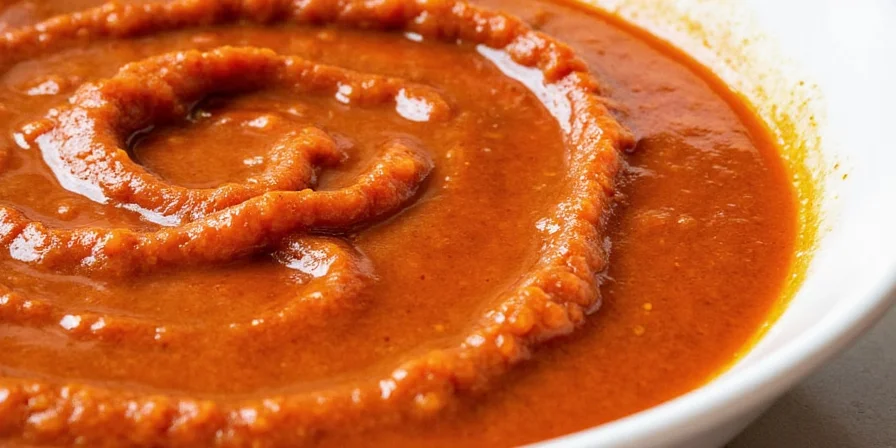
Top 5 Ways to Use Adobo Sauce Like a Pro
- Marinade Magic: Slather it on chicken, pork, or tofu for 8 hours of flavor infusion before grilling or roasting.
- Stir-Fry Savior: Add a spoonful to your next veggie stir-fry for instant depth and complexity.
- Soup & Stew Enhancer: Stir into broths, bean soups, or stews for that je ne sais quoi kick.
- Mayo Boost: Mix 1 part adobo sauce with 2 parts mayonnaise for a dreamy sandwich spread.
- Rice Riser: Swirl into fried rice or grain bowls for a flavor explosion that’ll have your guests asking, “Wait, did you go to culinary school?”
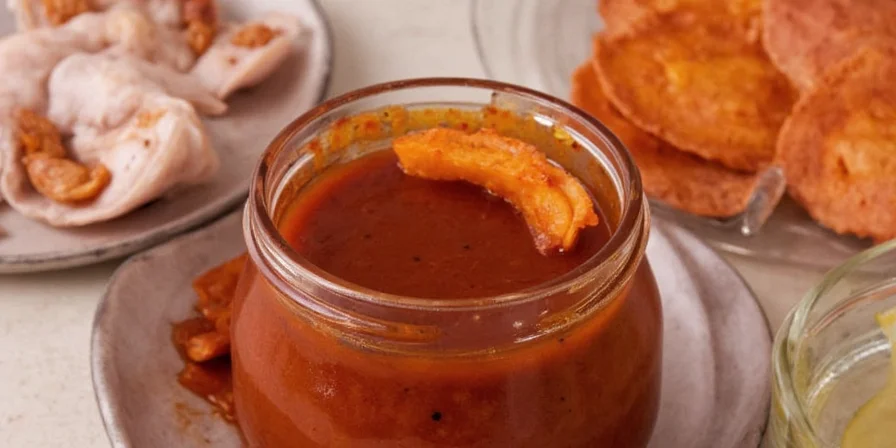
Health Benefits? Yes, Please!
Let’s be real — most people aren’t reaching for adobo sauce because they read about capsaicin on PubMed. But guess what? That little chili-induced burn actually does your body good.
- Boosts Metabolism: Capsaicin increases thermogenesis — fancy talk for helping you burn calories faster.
- Anti-Inflammatory: Chili peppers contain antioxidants that reduce inflammation and may even improve heart health.
- Immune Support: Garlic and vinegar are both known for boosting immunity and supporting digestion.
- Low-Calorie Flavor: Adobo sauce adds massive flavor without much fat or sugar — perfect for clean eaters and cheat meal lovers alike.
Final Thoughts: Adobo Sauce Is More Than a Condiment — It’s a Spice Legacy
So there you have it — adobo sauce isn’t just a bottle on the shelf. It’s history, geography, culture, and chemistry all simmered together in a pot of flavor. Whether you’re spicing up your Tuesday night chicken or channeling your inner pitmaster, adobo sauce is the kind of ingredient that tells stories through taste.
Quick Recap: What is Adobo Sauce?
- A global family of sauces rooted in preservation techniques
- Ingredients vary by region but often include vinegar, garlic, and chilies
- Used as a marinade, condiment, or flavor enhancer
- Easy to make at home and versatile in cooking
- Offers health benefits thanks to its spice and vinegar content

Conclusion: Embrace the Adobo Life
From the Philippines to Puebla, adobo sauce proves that sometimes the simplest combinations — vinegar, spice, and time — can create magic. So next time you reach for that bottle, remember: you're not just adding flavor. You're stirring a legacy.

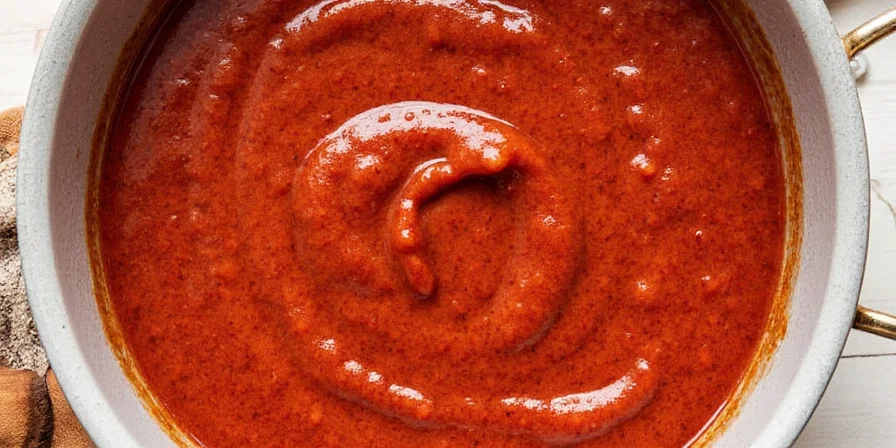









 浙公网安备
33010002000092号
浙公网安备
33010002000092号 浙B2-20120091-4
浙B2-20120091-4